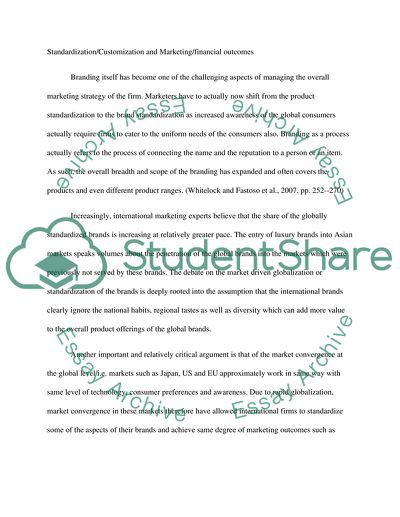Cite this document
(“Global Branding Essay Example | Topics and Well Written Essays - 3000 words”, n.d.)
Global Branding Essay Example | Topics and Well Written Essays - 3000 words. Retrieved from https://studentshare.org/marketing/1638717-global-branding
Global Branding Essay Example | Topics and Well Written Essays - 3000 words. Retrieved from https://studentshare.org/marketing/1638717-global-branding
(Global Branding Essay Example | Topics and Well Written Essays - 3000 Words)
Global Branding Essay Example | Topics and Well Written Essays - 3000 Words. https://studentshare.org/marketing/1638717-global-branding.
Global Branding Essay Example | Topics and Well Written Essays - 3000 Words. https://studentshare.org/marketing/1638717-global-branding.
“Global Branding Essay Example | Topics and Well Written Essays - 3000 Words”, n.d. https://studentshare.org/marketing/1638717-global-branding.


